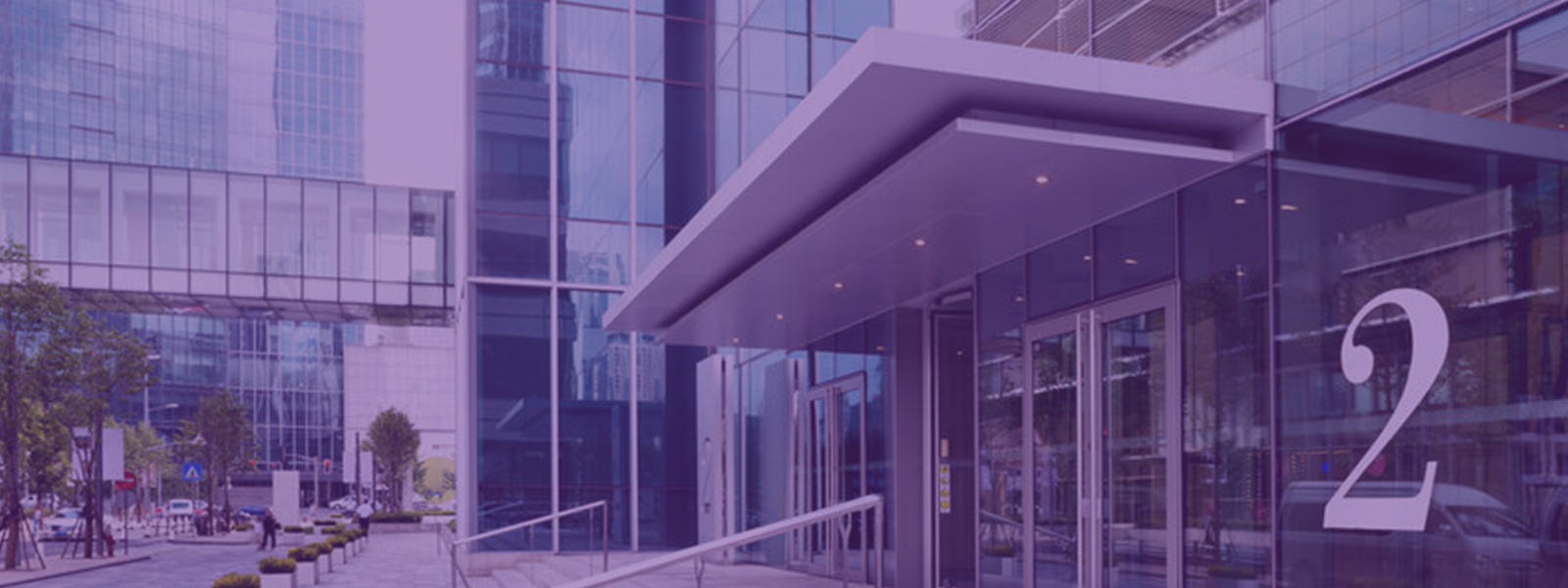Energy Efficiency in the Commercial Sector
Generally speaking the energy usage in buildings in Europe and most other countries is higher in absolute terms than the energy usage in the industrial sector. This is because of the many shopping centres, hotels, restaurants, hospitals, schools and homes, all of which require electricity for heating and cooling, lighting, cooking and freezing to operate. It is clear that there is a great potential for energy savings in the commercial sector. A typical building can save up to 50% of its energy usage by using the right combination of existing best available technologies.
Technologies and other measures aimed at increasing energy efficiency by reducing the use of energy in buildings have several other benefits besides energy savings. With improved control of energy comes increased comfort of living and working, as overheating and under heating are restricted. Another benefit comes from the reduced impact of the built environment achieved by limiting planet-warming carbon dioxide (CO2) emissions. Better control of equipment also means less wear and tear, reducing the cost of maintaining equipment and preventing burn-outs and other failures.
Typical options considered for energy savings leading to CO2 emission reductions include:
- The use of renewable energy systems for heating, cooling and electricity
- Improvements to the building envelope, taking advantage of natural ventilation and daylighting and including additional insulation
- Improvements to the efficiency of the heating system
- Improvements to the mechanical ventilation and air conditioning systems
- The use of on-site and centralised combined heat and power systems
In general, energy use in a building depends on:
- The purpose of the building
- The envelope design and materials
- The heating, cooling, ventilation and lighting systems
- How long the building is used each day
- The density of occupancy
- The topography of the site
- External factors such as the weather and the behaviour of the occupiers, such as turning off unwanted lights.
Some smart energy saving opportunities that Maximpact will consider:
- Borehole cooling
- Heat pump
- Combined heat andpower (CHP)
- Biomass heating
- Gas powered cooling
- Wind power electricity supply
- Solar electricity supply
- Heating water by solar collection – 70% of hot water can be provided in this way
- Solar thermal space and water heating
- Passive cooling by use of thermal inertia
- Solar assisted cooling
- Geothermal Heat Pumps
- Replacing older lighting systems and luminaires with new lights and more efficient luminaires
- More efficient motor and drives with more efficient throttling
- Control of heating and cooling systems using artificial intelligence systems that learn the building’s heating and cooling needs and ensures that the most efficient equipment is selected for each particular operational regime.
Act now and benefit from reduced energy cost
Check out the potential to save energy on your premises and the services that Maximpact can offer for your energy-saving plans. Click the appropriate link below and start the saving process.


